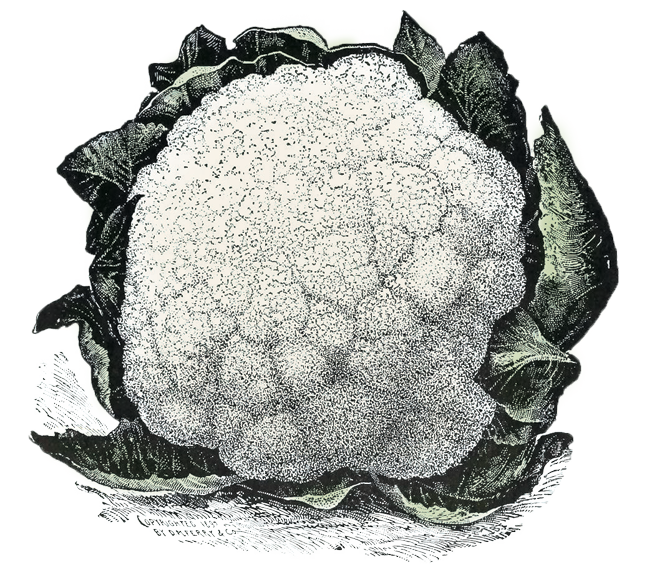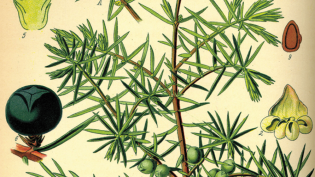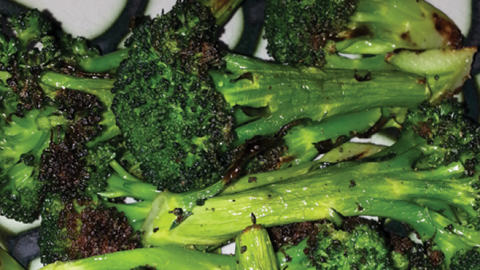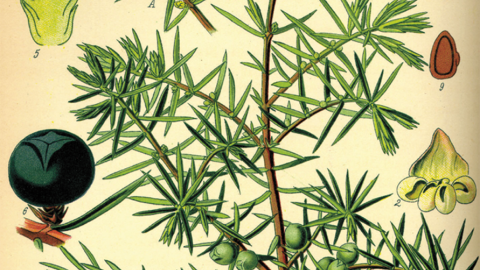Bring on the Brassicas!
I don’t eat out much, so when I was deciding on what to order at a local restaurant this winter I was surprised to see a side plate of Brussels sprouts for $15. I eat Brussels sprouts at home all the time so I passed on the pricey plate—although seeing it did drive home the fact that Brassicas have arrived as gourmet vegetables. First, it was kale and now we see new creative ways to prepare Brussels sprouts, broccoli and cauliflower.
Brassicas are in the vegetable family Cruciferae (thus frequently referred to as cruciferous vegetables), most vegetables in this family are categorized in the Brassica genus. Our most notable Brassicas include broccoli, cauliflower, Brussels sprouts, kale, collards, turnips, rutabagas, radishes and arugula. If you know your way around the vegetable garden you will also know that these vegetables and greens prefer a cooler growing season. They are the first to be planted in early spring and the last to be planted for a late fall or early winter harvest.
Brussels Sprouts
Brussels sprouts were no one’s favorite when I was growing up, largely because they came from a can and tasted like mushy cabbage. Today, fresh sprouts are available from most grocers; you may have even seen some still attached to their tall stalks. You may have also never known just how they grew! “Long Island Improved” is the go-to variety because it matures in 90 days so can be planted in mid-August with a November (or later) harvest. A touch of frost sweetens the flavor of most Brassicas and Brussels sprouts are no exception. Additionally, to expedite maturation of the sprouts growing along the stalk, you can pinch out the top of the plant (which looks like a bunch of collard greens and can be prepared similarly). And, yes, this spelling is a bit odd but they were first widely grown in 15th-century Belgium so the Brussels part of their description stuck.
Cauliflower
Cauliflower is the mildest tasting of the Brassicas and can be set out the earliest in spring, right alongside the onions and potatoes — which is our St. Patrick’s Day tradition in mid-March. Cauliflower needs some special treatment as it matures: As the tight clusters of flower buds form, also called curds, we must blanche the buds in order to maintain its white color and mild flavor. The outer cabbage-like leaves that grow around the cauliflower head can be held in place, covering the entire head as soon as it begins to form, by affixing a rubber band to keep the leaf-covering in place. Cauliflower needs
about 80 days to harvest and it does not like frost as much as other Brassicas; it doesn’t like summer heat, either, so get it out as soon as possible. Cauliflower also comes in purple, orange and yellow varieties, which do not need to be blanched; they actually need the ultraviolet rays to color up. The geometrical curds of the Romanesco types are super cool but they are the most adverse to summer heat.
Just like that side plate of Brussels sprouts, cauliflower is the new star on the menu. Its nutty, sweet flavor comes out with very little preparation. A hot iron skillet, some olive oil and a little salt and pepper are all you need to transform this dish into a substantial vegetable meal. It also slices easily into thick cauliflower steaks ready for the broiler or the grill. In fact, the higher heat and shorter cooking time for all of these vegetables proves to be delicious.
Broccoli
I love sweet potatoes and broccoli together; add a little cayenne pepper and I have the perfect comfort food. We had another bumper crop of sweet potatoes in 2017 so now I just need to master growing broccoli. I suppose the trickiest things about growing broccoli in Kentuckiana are the early onset of summer heat or an unusually warm close to the fall growing season. Heat makes broccoli bolt, which means the immature flower heads that we want quickly open as flowers, which we do not want (although, I must admit that I still eat the past-peak version of homegrown broccoli). Plus, hot weather makes Brassicas taste “hot.” In order to try to avoid the heat we set out broccoli seedlings in March in a cold frame that will protect the young plants from a touch of frost. If you do not have a cold frame, wait until early April; and plant again in early August for a late-fall harvest.
I prefer growing what are called “sprouting varieties” so that the harvest is extended. It is like a ritual of regrowth. After harvesting the main head, you can pick side shoots to eat for the remainder of the cool growing season. The more side shoots you pick the more the plant responds by growing more to replace what has been removed. Most annual plants desperately want to leave progeny behind, so forming flowers (in this case the immature flower heads of the broccoli shoots) serves this purpose. Seed companies offer their own varieties that produce side shoots so look for this description when you shop. For example, Territorial Seed Company has sprouting broccoli listed as Apollo, Aspabroc and Summer Purple. Additionally, seed catalogs will reference whether the variety is heat tolerant. For Kentuckiana, choose for heat tolerance on all Brassicas, as well.
Brassica Culture
Start with a full-sun garden with well-prepared soil with lots of composted manure to ensure a steady source of nutrients and good drainage but adequate moisture retention. Consistent (but not soggy) moisture goes a long way for developing nicely formed heads and sprouts. Consider using a cold frame so you can get your plants set out as early as March.
Cabbage Worms
When summer heat ramps up, so do the cabbage worms. Spinosad is a biological insecticide derived from a soil bacterium; it is my weapon against the tiny yet voracious pests that love cruciferous vegetables. Cabbage worms eat the foliage and lodge their little bodies in the nooks and crannies of broccoli and cauliflower. You can use a salt water soaking to expel them before they end up in the cook pot.










